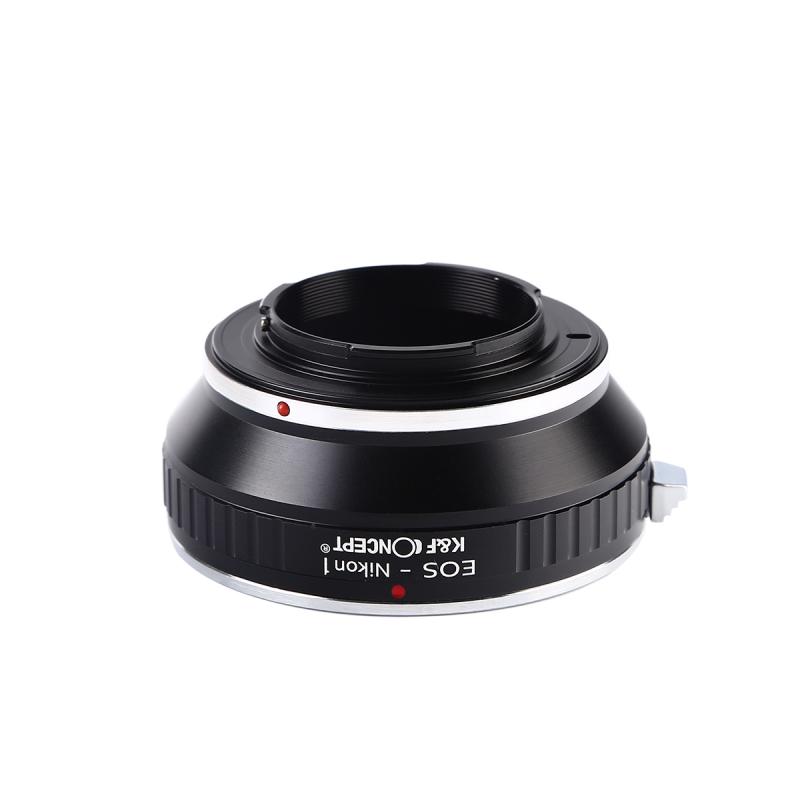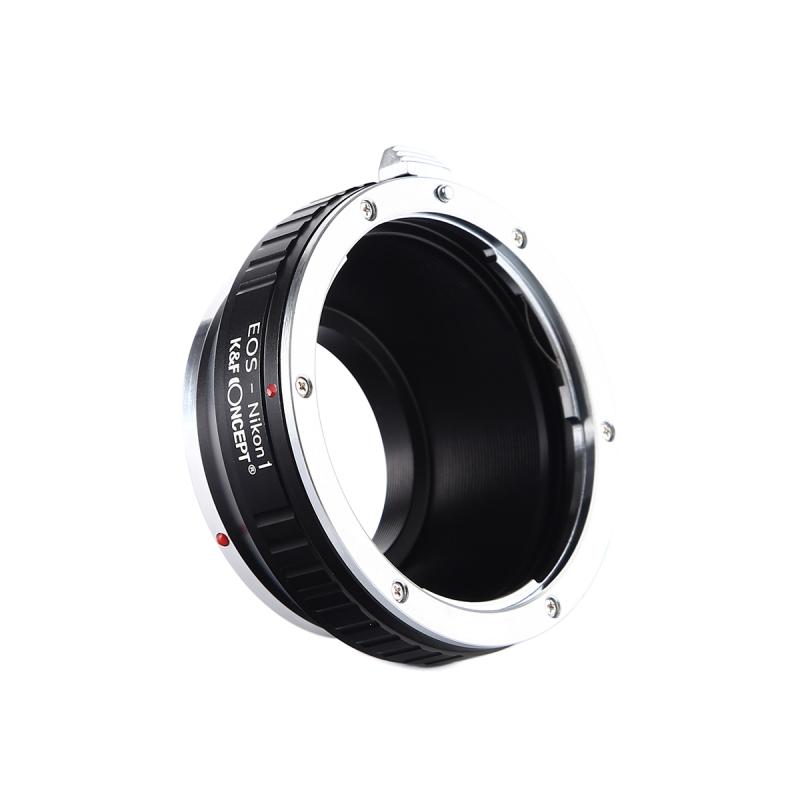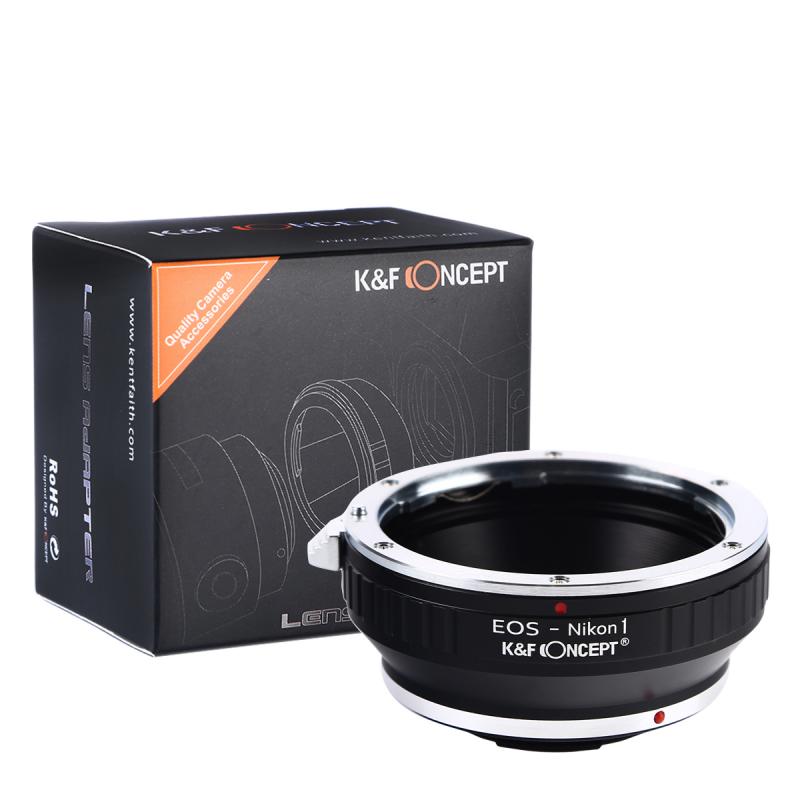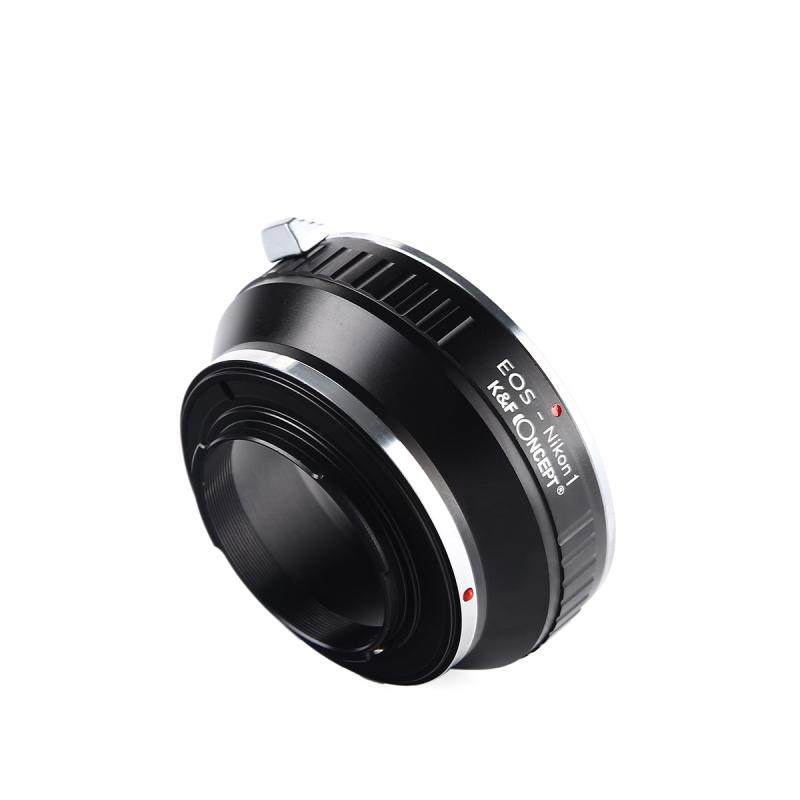What Type Of Lenses Are Used In Microscope ?
Microscopes typically use two types of lenses: objective lenses and eyepiece lenses. Objective lenses are located near the specimen and are responsible for magnifying the image. They come in various magnification powers, such as 4x, 10x, 40x, and 100x. These lenses are usually made of multiple glass elements to correct for aberrations and improve image quality.
Eyepiece lenses, also known as ocular lenses, are located at the top of the microscope and are used to further magnify the image produced by the objective lens. They typically have a magnification power of 10x. Eyepiece lenses are usually made of a single glass element.
Both objective and eyepiece lenses in microscopes are designed to minimize distortion and maximize resolution, allowing for clear and detailed observation of microscopic specimens.
1、 Compound lenses for magnification and resolution.
Compound lenses are commonly used in microscopes for magnification and resolution. These lenses consist of multiple lens elements that work together to produce a clear and detailed image of the specimen being observed. The use of compound lenses allows for higher magnification and improved resolution compared to single lenses.
Compound lenses in microscopes typically include an objective lens and an eyepiece lens. The objective lens is positioned close to the specimen and is responsible for gathering light and forming a magnified image. It has a high numerical aperture, which determines the resolving power of the microscope. The eyepiece lens, on the other hand, is positioned near the observer's eye and further magnifies the image produced by the objective lens.
The design and construction of compound lenses have evolved over time to improve the performance of microscopes. Advances in lens materials, coatings, and manufacturing techniques have led to the development of high-quality lenses with reduced aberrations and increased light transmission. These advancements have resulted in improved image clarity and resolution, allowing scientists and researchers to observe finer details of specimens.
In recent years, there has been a growing interest in the development of new types of lenses for microscopes. For example, there has been research on the use of metamaterials and nanotechnology to create lenses with unique properties, such as super-resolution capabilities. These advancements have the potential to further enhance the capabilities of microscopes and enable scientists to explore the microscopic world with even greater precision.
In conclusion, compound lenses, specifically objective and eyepiece lenses, are commonly used in microscopes for magnification and resolution. These lenses have undergone advancements in design and construction, leading to improved image quality. Ongoing research in lens technology may lead to further advancements in microscope capabilities in the future.

2、 Objective lenses for primary magnification.
Objective lenses are the primary magnification lenses used in microscopes. These lenses are responsible for gathering light from the specimen and forming a magnified image. They are typically made of high-quality glass or other transparent materials with specific optical properties.
Objective lenses come in various magnification powers, ranging from low to high. The most common magnification powers include 4x, 10x, 40x, and 100x. Each objective lens has a different numerical aperture (NA), which determines its ability to gather light and resolve fine details. Higher NA lenses provide better resolution and image quality.
In recent years, there have been advancements in objective lens technology. One notable development is the introduction of specialized lenses for specific applications. For example, there are now objective lenses designed for fluorescence microscopy, which allow researchers to visualize specific molecules or structures within a specimen. These lenses are optimized for excitation and emission wavelengths of fluorescent dyes, enabling the detection of fluorescent signals with high sensitivity.
Another recent advancement is the development of objective lenses with correction for spherical aberration. Spherical aberration is an optical distortion that can reduce image quality, especially at high magnifications. Corrected lenses minimize this aberration, resulting in sharper and more accurate images.
Additionally, there has been progress in the development of objective lenses with larger working distances. A larger working distance allows for more space between the objective lens and the specimen, making it easier to manipulate the sample or add additional equipment, such as a condenser or a micromanipulator.
In conclusion, objective lenses are crucial components of microscopes, and recent advancements have led to specialized lenses for specific applications, correction for spherical aberration, and larger working distances. These advancements have improved the capabilities and versatility of microscopes, enabling researchers to explore the microscopic world with greater precision and clarity.

3、 Eyepiece lenses for additional magnification and focusing.
Eyepiece lenses are indeed used in microscopes for additional magnification and focusing. These lenses are located at the top of the microscope and are responsible for further magnifying the image produced by the objective lenses. They typically have a lower magnification power compared to the objective lenses.
The eyepiece lenses in microscopes are usually made of multiple lens elements, which are designed to correct for various optical aberrations and improve image quality. These lens elements are carefully arranged to minimize distortion, chromatic aberration, and other optical imperfections that can affect the clarity and accuracy of the observed image.
In recent years, there have been advancements in eyepiece lens technology to enhance the overall microscope experience. One such advancement is the incorporation of digital imaging capabilities into the eyepiece lenses. These digital eyepieces allow users to capture images and videos directly from the microscope, eliminating the need for separate cameras or attachments. This technology enables easy sharing and analysis of microscopic images, making it particularly useful in research and educational settings.
Additionally, some modern microscopes now offer adjustable eyepiece lenses, allowing users to customize the focus and magnification according to their specific needs. This feature provides greater flexibility and convenience, especially when observing specimens with varying depths or sizes.
In conclusion, eyepiece lenses are an essential component of microscopes, providing additional magnification and focusing capabilities. With advancements in technology, these lenses have evolved to include digital imaging capabilities and adjustable features, enhancing the overall microscope experience and facilitating scientific research and education.

4、 Plan achromatic lenses for improved color correction.
What type of lenses are used in microscopes? The most commonly used lenses in microscopes are plan achromatic lenses. These lenses are specifically designed to improve color correction, which is crucial for accurate and detailed microscopic observations.
Plan achromatic lenses are made up of multiple lens elements that work together to correct for chromatic aberration. Chromatic aberration is a phenomenon where different colors of light focus at different points, resulting in blurred and distorted images. By using multiple lens elements with different refractive properties, plan achromatic lenses are able to bring different colors of light to a common focus, resulting in sharper and more accurate images.
In addition to color correction, plan achromatic lenses also offer other advantages. They have a flat field of view, meaning that the entire image is in focus from the center to the edges. This is important for capturing clear and detailed images across the entire field of view. Plan achromatic lenses also have a high numerical aperture, which determines the resolving power of the microscope. A higher numerical aperture allows for better resolution and the ability to distinguish finer details in the specimen.
It is worth noting that advancements in lens technology continue to improve the performance of microscope lenses. For example, newer lenses may incorporate additional elements or coatings to further enhance color correction and reduce other types of aberrations. These advancements aim to provide researchers and scientists with even clearer and more accurate microscopic images, enabling them to make more precise observations and discoveries.
In conclusion, plan achromatic lenses are the most commonly used lenses in microscopes. They are specifically designed to improve color correction and offer advantages such as a flat field of view and high numerical aperture. Ongoing advancements in lens technology continue to enhance the performance of microscope lenses, further improving the quality of microscopic observations.































There are no comments for this blog.